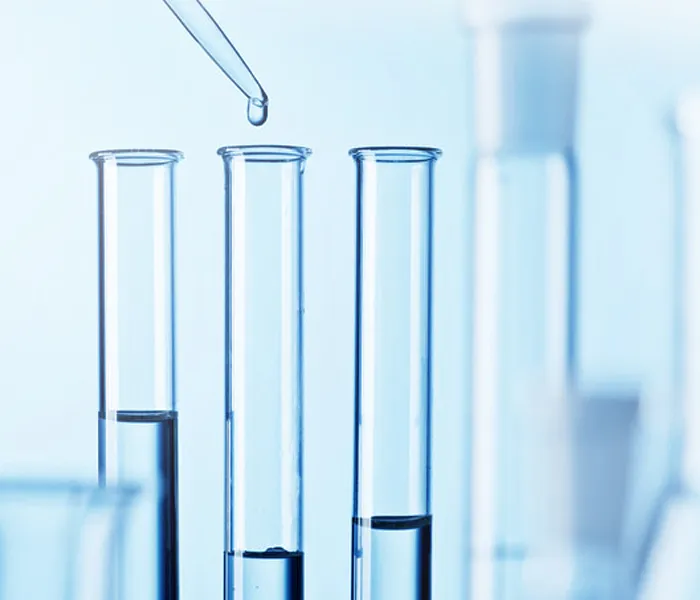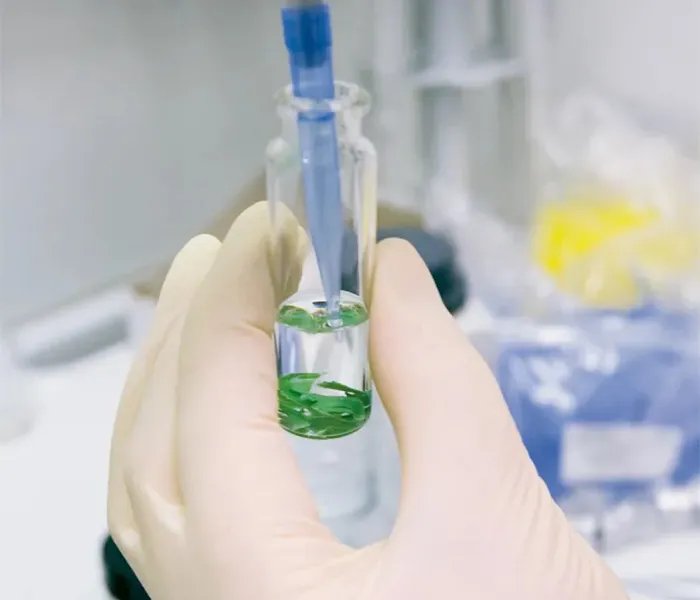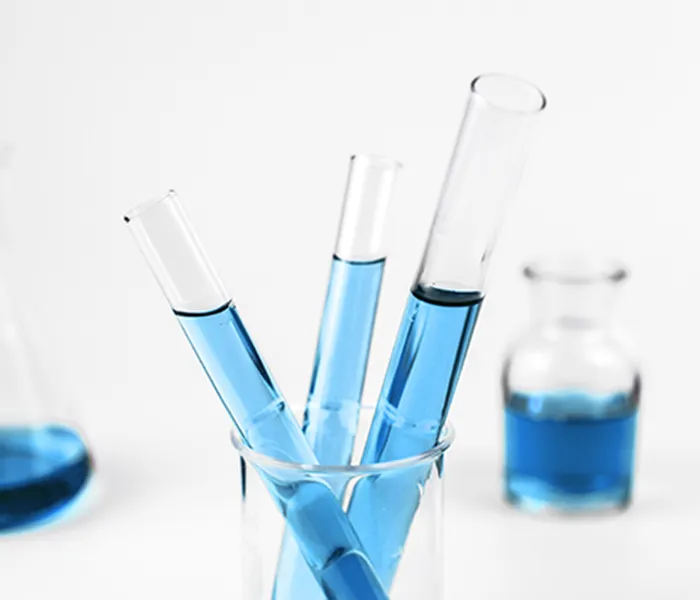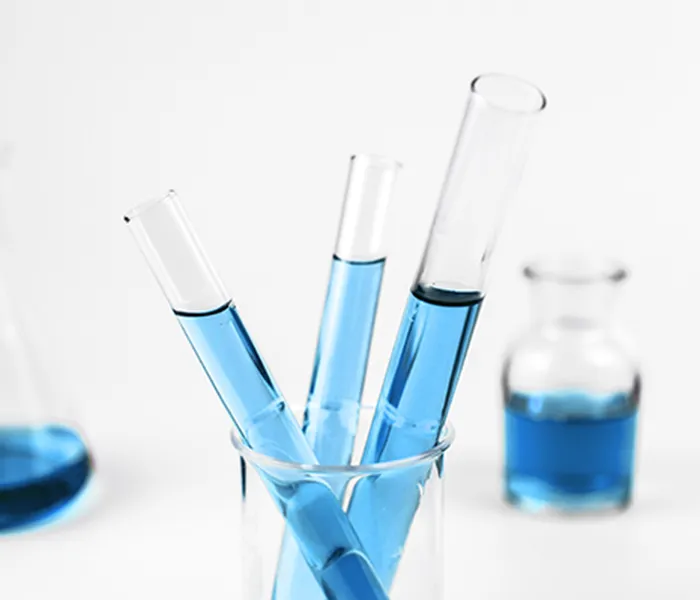Silanes are important compounds with a wide range of applications covering both industrial and scientific fields. However, as concerns about environmental friendliness continue to increase, the environmental friendliness of silanes has also become one of the focuses of research.
Basic properties and applications of silanes
Chemical structure: Silane is a compound composed of silicon atoms and hydrogen atoms. In its chemical structure, silicon atoms and hydrogen atoms are connected by covalent bonds.
Physical properties: Silane has the characteristics of low density, high melting point and good electrical conductivity, making it used in many fields.
Main uses: Silane is widely used in the preparation of silicone, silicone oil, silicone resin and other products, and plays an important role in the semiconductor industry, building materials, cosmetics and other industries.
Environmental assessment method
Biodegradability: Evaluate the rate and ability of silanes to degrade in the natural environment and understand their impact on ecosystems.
Toxicity Assessment: A study of the possible toxicity and potential harm of silanes to living organisms to ensure their safe use.
Commonly used assessment standards: including the ISO 14040 series of standards, etc., used to guide the process and methods of silane environmental assessment.
Environmental evaluation results of silane
a. Biodegradability
Silane usually has good biodegradability in the natural environment and can gradually degrade into harmless substances, reducing its impact on the ecosystem.
b. Toxicity assessment
Research has shown that silanes can be toxic to some organisms at certain concentrations and require appropriate controls during use.
Environmentally friendly application cases of silane
Silane also shows its unique value in the field of environmental protection:
Environmental Remediation: Silanes can be used in soil remediation and contaminant treatment to help restore damaged environments.
Water treatment: The application of silane in water treatment can improve water quality, purify wastewater, and help protect water resources.
Taking into account the biodegradability and toxicity evaluation results of silane, we can conclude that silane has potential in environmental protection and has broad application prospects in the field of environmental protection. However, while promoting its environmentally friendly applications, we also need to continue to pay attention to its potential environmental impacts to ensure its sustainable development and safe use.
By comprehensively evaluating the environmental protection of silanes, we can better utilize this important compound, promote its sustainable application in various fields, and achieve harmonious development of economy, society and environment.






